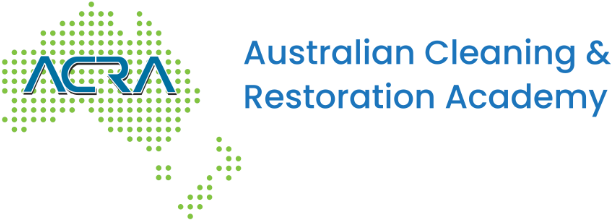Top Advantages of Face to Face Training in Restoration
Online Learning is Great… But Let’s Be Real
We get it. You’re busy. Running a cleaning and restoration business isn’t a neat 9-to-5. You're juggling emergency jobs, last-minute calls, and mountains of paperwork. Training often drops to the bottom of the to-do list.
That’s where online courses come in. Learn on your schedule, log in between jobs, or stream a module while eating lunch in the van. Online restoration training is convenient, flexible, and helpful when time is tight.
But here’s the catch—some lessons just don’t stick unless you’re in the room, getting your hands dirty.
Why In-Person Training is Worth the Time
1. Hands-On Activities You Can’t Get Online
You wouldn’t learn to drive a car by watching YouTube, right? Restoration and cleaning require practical and physical skills, and in-person training lets you:
Use the latest equipment instead of just reading about it.
Practice real-world scenarios with expert guidance.
Make (and fix) mistakes in a safe environment before it costs you on a job site.
There’s no “pause” button in real life—better to test things out in training than on a flooded property with an insurance assessor breathing down your neck.
2. Different Learning Styles, Different Needs
Not everyone learns the same way. Some people absorb information best through reading or watching videos. Others need to physically do the task or actively participate to fully understand it.
Visual learners benefit from demonstrations and visuals, which both online and in-person can provide—but in-person gives them real time interaction, and from multiple angles.
Read/Write: These learners prefer to learn through written words. They enjoy reading articles, taking notes, and writing essays.
Auditory learners gain a lot from live instruction and group discussions—both stronger in a classroom setting.
Kinesthetic learners (those who learn by doing) thrive in hands-on training and often struggle with online-only formats.
Online training suits self-motivated learners who can absorb and apply concepts independently. But for many, in-person training creates stronger retention, deeper understanding, and faster skill development. When you match the type of training format to your learning style, the results speak for themselves.
3. Learn From Others' War Stories (And Share Your Own)
There’s something about getting a group of cleaning and restoration pros in a room together that makes learning way more valuable.
Hear real-world challenges and how others solved them.
Workshop solutions to tricky job-site problems.
Swap stories about the worst jobs you’ve ever walked into (yes, that one from last summer still haunts you).
Online training might give you the “how-to,” but in-person training gives you the “what really happens”—which is the stuff that actually saves you time, money, and headaches on the job.
4. Get the Latest Techniques & Best Practices First-Hand
The industry is always evolving. What worked five years ago might not be the best approach today.
At in-person training, you get:
The latest techniques straight from experts.
Live demos of new equipment and products.
Q&A time to ask about challenges specific to your business.
You don’t have to figure it out alone—learn from the people who’ve already done the trial and error for you.
5. Training That Actually Sticks
Ever watched a training video, thought, “Yep, got it,” and then completely blanked when you tried to do it yourself? That’s because watching isn’t the same as doing.
When you physically handle equipment, your brain creates muscle memory, making it easier to recall when you're on the job.
Seeing a process in action isn’t the same as feeling how a tool moves, how moisture meters respond, or how different drying techniques actually work.
Hands-on learning locks in information way better than clicking through an online module.
In-person training ensures you don’t just understand the process—you actually know how to apply it when it matters most.
6. Build a Network That Supports You
You never know when a connection made in training sessions will come in handy:
Need a subcontractor for a big job? Call the guy you met in class.
Not sure how to price a tricky water damage claim? Ask your training buddy who’s been there before.
Want to know which equipment is actually worth the investment? Learn from someone who’s already using it.
The best part? These are people who get it—the late nights, the emergency call-outs, the crazy clients. Having a network of industry mates can make all the difference.
The Best of Both Worlds
Online training is a great tool to fit around work, and it’s perfect for keeping up with industry standards when you don’t have time to travel.
But when it comes to developing real skills, solving real problems, and making real connections, nothing beats in-person training.
So, next time you see a workshop or certification course coming up, ask yourself: will this training help my business in the long run?
If the answer is yes, make the investment—it’ll pay off in ways a webinar never could.




